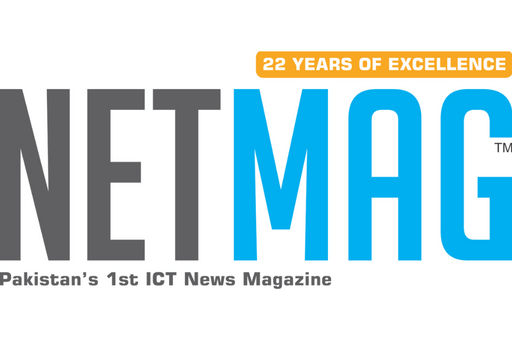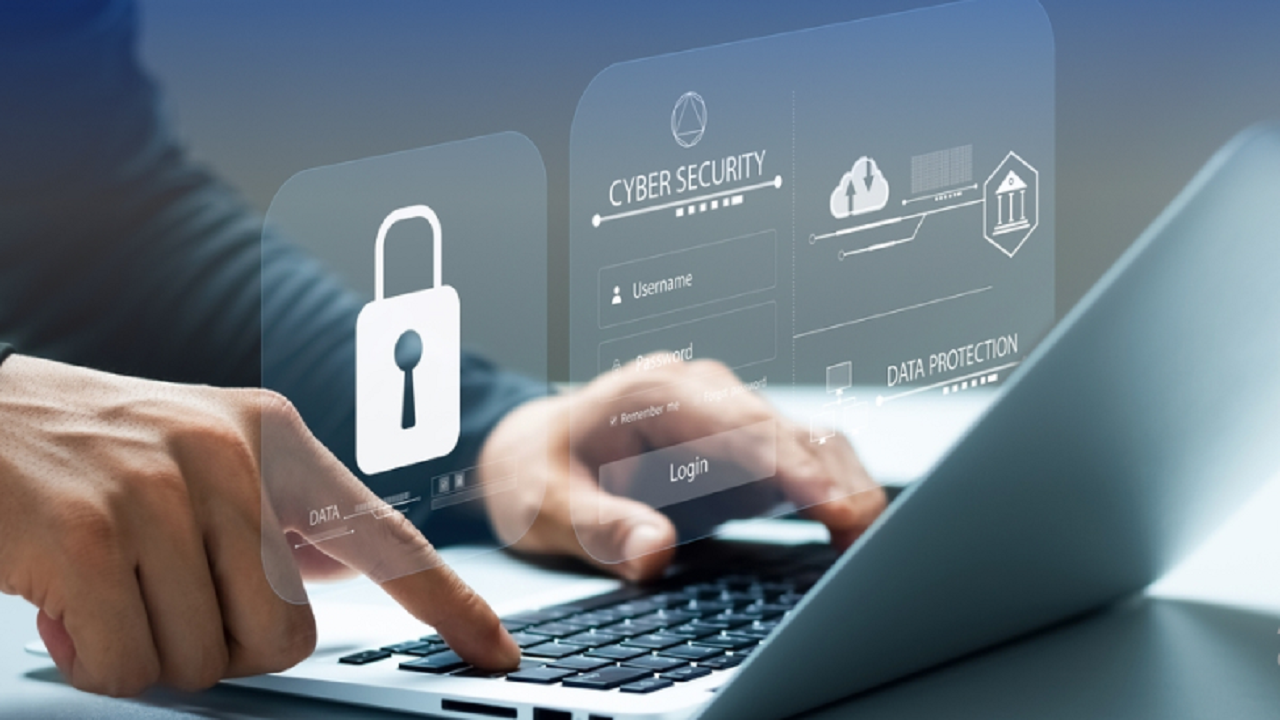Introduction
With the growing digitization of personal and professional activities, password managers have become essential tools for securely storing and managing credentials. However, their increasing adoption has also made them a prime target for cybercriminals. Hackers are using advanced tactics to exploit vulnerabilities in password managers, potentially exposing sensitive user data. Nations like Pakistan have also witnessed a surge in cyber threats, with data breaches affecting major institutions. This article explores password manager vulnerabilities, real-world case studies, and best practices to enhance security.
Understanding the Vulnerabilities of Password Managers
A. Common Cyber Threats
Password managers, like any digital tool, are vulnerable to attacks. Here are some common threats:
- Exploiting Software Vulnerabilities
- Hackers exploit unpatched security flaws in password managers to extract stored credentials.
- Regular updates and patches are crucial for reducing risks.
- Phishing Attacks
- Cybercriminals create fake login pages and emails that trick users into entering credentials.
- Multi-factor authentication (MFA) helps prevent unauthorized access.
- Man-in-the-Middle (MitM) Attacks
- When passwords are transmitted between a user’s device and cloud storage, hackers may intercept them if encryption is weak.
- End-to-end encryption can prevent unauthorized access.
B. Case Studies of Major Password Manager Attacks
1. LastPass Data Breach (2022-2023)
- Hackers breached an employee’s workstation, gaining access to sensitive customer vault data.
- Unencrypted metadata, including stored account URLs, helped attackers launch phishing and credential-stuffing attacks.
- In December 2024, hackers linked to this breach stole $5.4 million in cryptocurrency.
2. Bitwarden Phishing Attack (2023)
- Attackers created fake Bitwarden login pages and tricked users into revealing credentials.
- Many users without two-factor authentication (2FA) lost access to their accounts, leading to financial fraud and identity theft.
3. Banking Credential Thefts in Pakistan (2022)
- HBL, UBL, and Meezan Bank customers fell victim to phishing campaigns.
- Hackers sent fake messages, tricking users into entering password manager credentials on fraudulent sites.
- The lack of widespread 2FA adoption worsened the impact, leading to financial losses.
- According to FIA data, 40% of the 100,000 financial fraud complaints in 2022 were related to cyber scams.
4. Easypaisa & JazzCash Credential Leaks (2023)
- Phishing and malware infections compromised user credentials.
- Fake SMS messages and malware-infected apps stole login details.
- In one case, Rs. 100,000 was stolen from a JazzCash account within minutes.
How to Assess the Security of Password Managers
A. Key Security Features to Look For
- End-to-End Encryption – Ensures that stored passwords remain encrypted and protected.
- Two-Factor Authentication (2FA) – Adds an extra layer of protection to prevent unauthorized access.
- Regular Security Audits & Updates – Helps detect and fix vulnerabilities before hackers exploit them.
B. Recognizing Red Flags
- Lack of transparent security practices may indicate poor investment in cybersecurity.
- Frequent unexplained downtime and rare software updates can signal weak protection measures.
Best Practices for Securing Your Password Manager
A. Strengthening Master Passwords
- Use a strong, complex password with uppercase and lowercase letters, numbers, and special characters.
- Avoid reusing passwords across different accounts.
B. Enabling Advanced Security Features
- Biometric authentication (fingerprint/facial recognition) adds an extra layer of security.
- Emergency access protocols allow a trusted individual to retrieve stored credentials if needed.
C. Staying Informed
- Regularly update password manager software to prevent security vulnerabilities.
- Subscribe to security advisories and follow cybersecurity experts for updates on emerging threats.
Conclusion
Password managers are essential for securing digital credentials, but they are not immune to cyber threats. Understanding their vulnerabilities and taking proactive security measures can significantly reduce risks. Implementing strong encryption, MFA, and security audits ensures that sensitive data remains protected.
READ MORE: Salaried Class Pays Rs. 285 Billion in Income Tax Amid Rising Costs
Countries like Pakistan, which have experienced major cyberattacks, must prioritize stronger encryption standards and multi-factor authentication to safeguard users. Governments, financial institutions, and individuals must take collective responsibility to enhance digital security. By staying informed and adopting best practices, users can protect their personal and professional data from evolving cyber threats.




